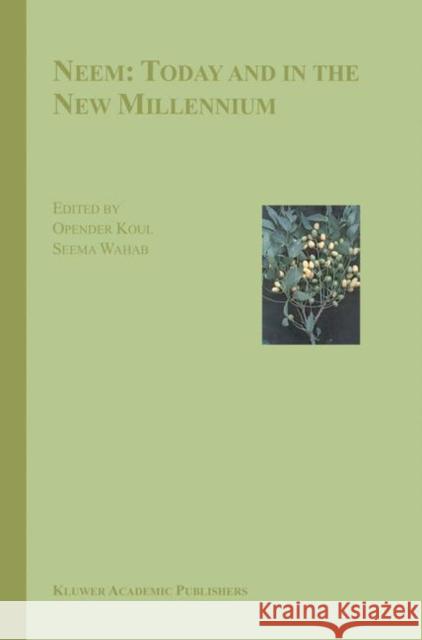Neem: Today and in the New Millennium » książka
Neem: Today and in the New Millennium
ISBN-13: 9781402012297 / Angielski / Twarda / 2004 / 276 str.
The chemicals from plant sources, generally termed as phytochemicals, play an important role in acceptance or rejection of the plant by the pests as they could be distasteful or toxic on one hand or on the other hand specialist herbivores have the capability to feed on many such chemicals, as they are able to process these natural products in a manner that is beneficial to them. In the wake of increasing environmental degradation due to burgeoning synthetic chemicals, there has been a process going on to rediscover the usefulness of plants and herbs and a continued effort for more than 2 decades has been to study the green products for cures for several ailments and pest management. In fact, according to Indian Medicinal Plants: A Sectoral Study, the global trade for medicinal plants amounts to about US $ 60 billion and the world demand continues to grow at the rate of 7 per cent per annum. Although many such plants are known in literature, neem has been one of trees with mani-fold virtues. Indian neem tree, Azadirachta indica A. Juss, which is a large evergreen tree, is an outstanding example among plants that has been subject matter of numerous scientific studies concerning its utilization in medicine, industry and agriculture. So far neem preparations have been evaluated against more than 500 species of insects and more than 400 hundred are reported to be susceptible at different concentrations.











